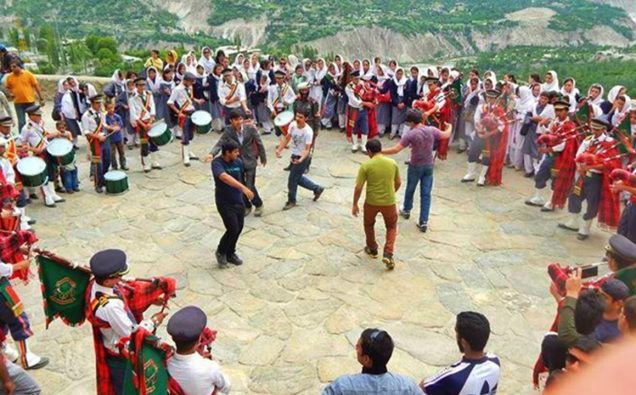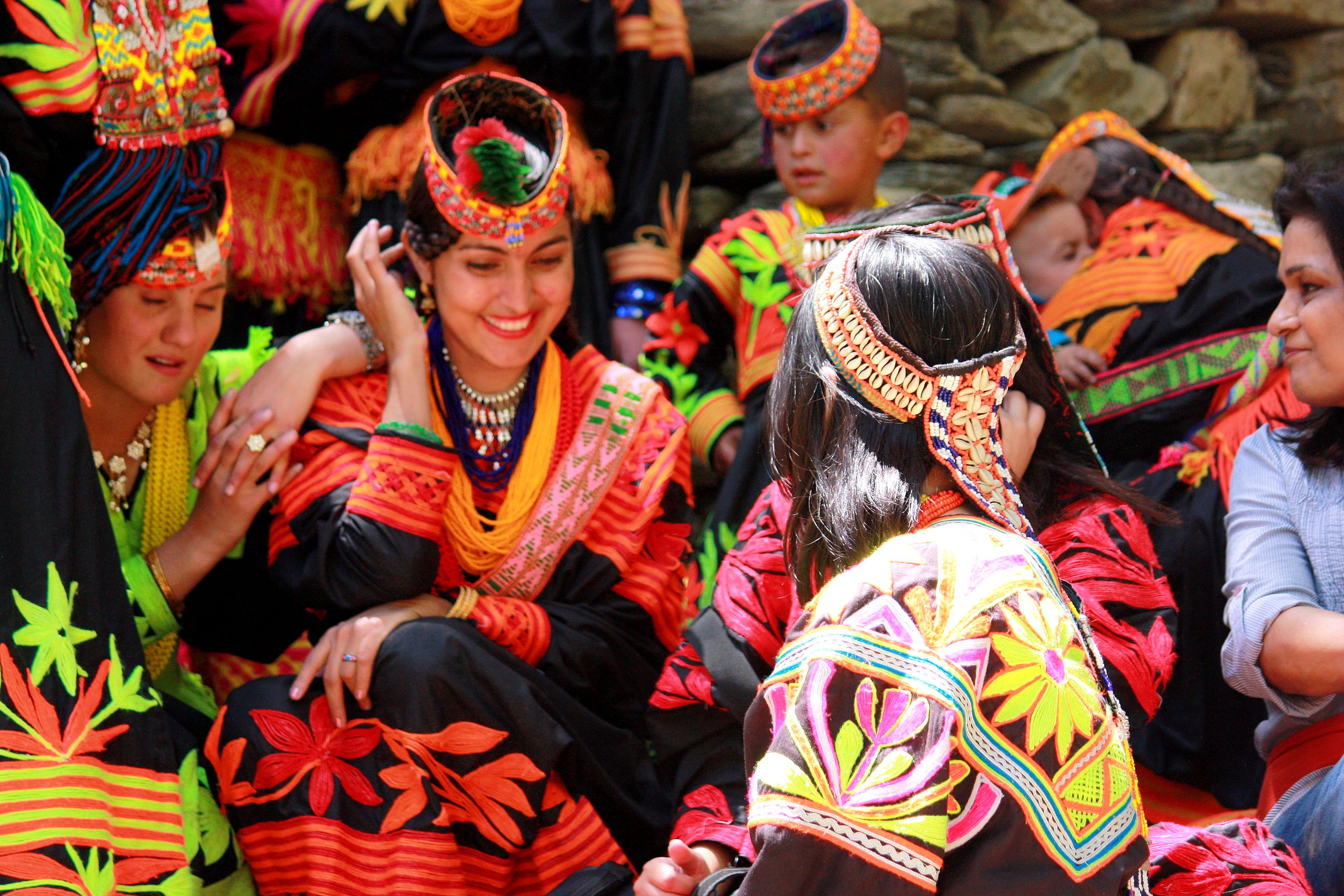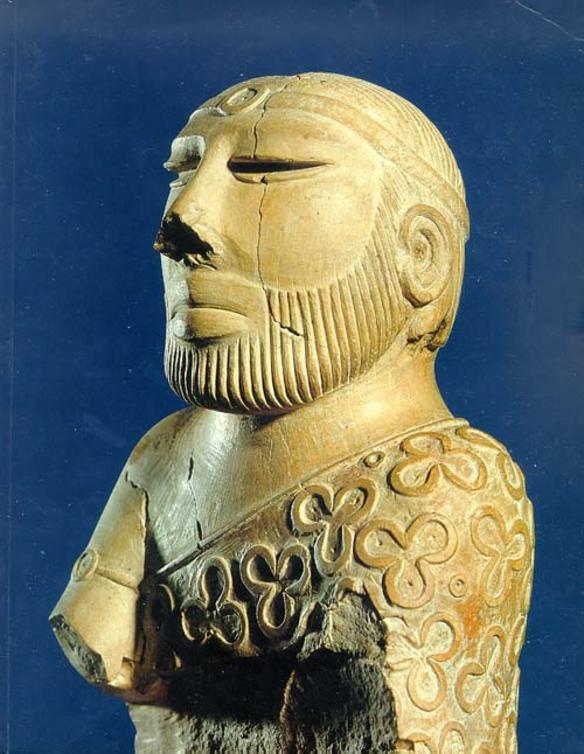
Photo: A dance of Swati guests with traditional music at Baltit Fort (2014) Credit: Dildarswat/Wikimedia Commons
Pakistan has a lot of diversity among its people and has a rich cultural heritage dating back to some of the world’s most developed ancient civilizations.
Although, created as a separate homeland for Muslims, Pakistan has several religious communities and ethnic groups in its four provinces. The Punjabis, Sindhis, Baloch, Pashtun, Kashmiris, Hazaras, Mohajirs, Siraiki, Christians, Hindus and Sikhs and many other groups give the country a massive variety of languages, traditions and costumes. The South Asian country can seek inspiration from its past as it tries to overcome problems like intolerance and narrow thinking among some segments of the society.
The country faced divisive issues from the start when demarcation of boundaries between India and Pakistan resulted in dismemberment of families in both provinces and mass migration of Hindus/Sikhs/Muslims. Mass murders, rapes and dislocation hurt the region deeply.
A number of conflicts and wars with India, which refused to give Pakistan its due economic share, also made the situation worse.
However, gradually Pakistanis began to develop some sense of belonging to their country, when the country made economic progress, although the stifling of democracy created a sense of deprivation among the people of small provinces.
Here are some of the important developments that I witnessed first hand and which I believe made the new country achieve economic progress. It began during the era of Ayub Khan that Pakistan initiated some development projects under the Indus Basin Treaty Agreement with India.
Mangla Dam, a World Bank project to generate hydro electricity at a cost of US$500 million became a reality despite a 17-day war with India in 1965. I worked in key positions, including closing down the Project.
The Tarbela dam on the famous Indus River was completed at a cost of US$600 million.
The construction of Khyber Pass was another great achievement near the ancient city of Peshawar, making the region a great point of cultural interaction.
Pakistan has an enviable heritage. Here is a brief description of the ancient civilizations that prospered in the area.
The Indus civilization had Harappa as its capital in Sahiwal, and Pakistan has inherited a lot of things that tell the story of the civilization.
Mohenjo-Daro, or “Mound of the Dead” was an ancient Indus Valley civilization.
Apart from the two civilizations, the land of Pakistan had had Muslim rulers including the famous Mughal Empire. The British Raj over India meant the area was under the Western influences as well.
Some of the problems affecting Pakistan are modern like post-9/11 extremism and terrorism, and spillover of Afghan problems.
While, all problems need specific solutions, I believe Pakistani government should inform students about Pakistan’s heritage and the great cultural diversity it has inherited so that the future generation develop a sense of togetherness, unity and coexistence.



















